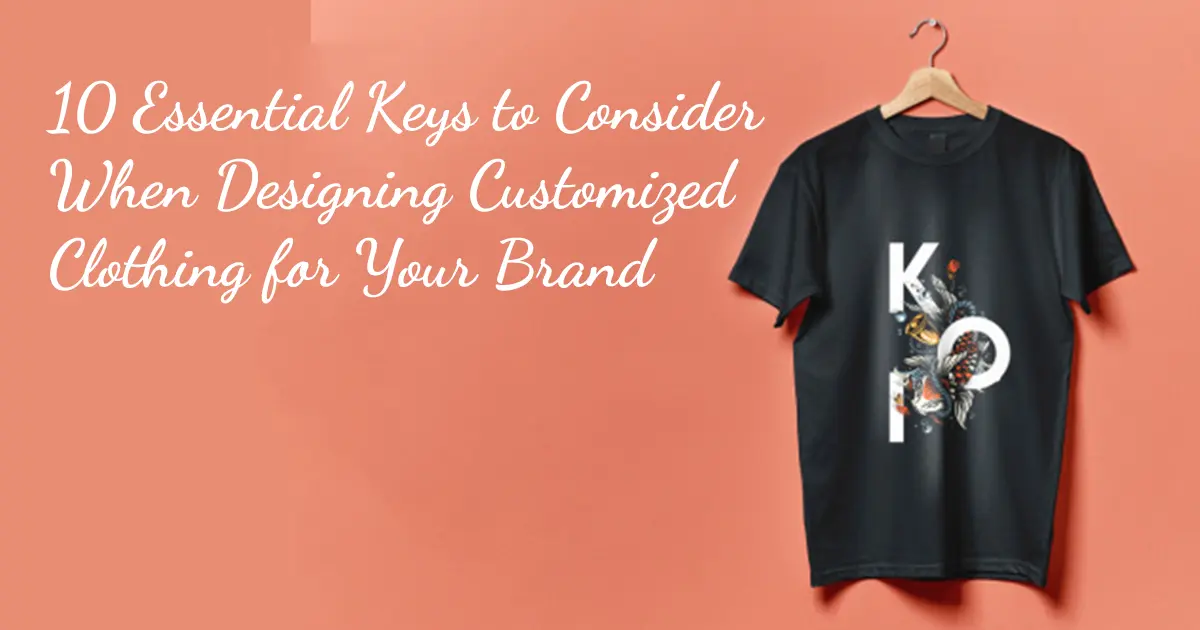CategoriesCustom-Made Clothing
Crafting Identity: 10 Essential Keys to Consider When Designing Customized Clothing for Your Brand
Custom clothing serves as a powerful medium for a brand to express its identity, values, and uniqueness. The journey from conceptualization to the final stitch is a nuanced process that demands careful consideration of various factors. Let’s delve into the essential considerations when designing custom clothing for your business in intricate detail. 1. Define Your […]










